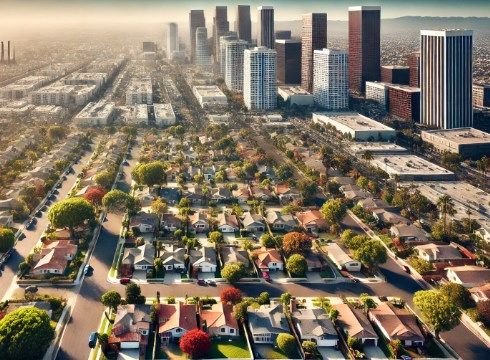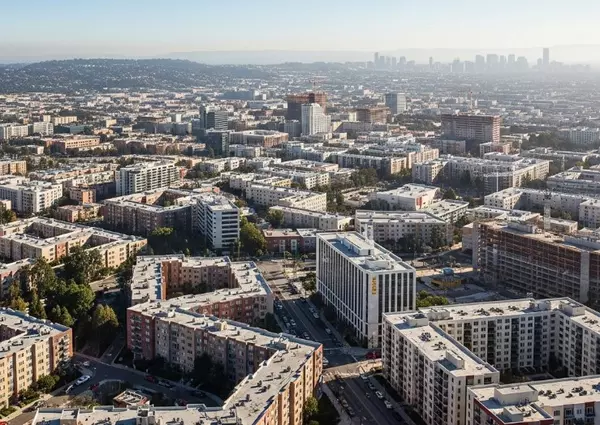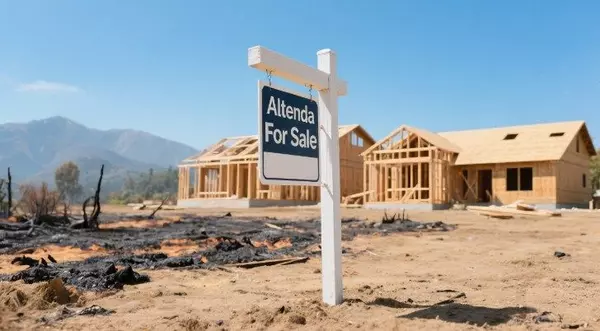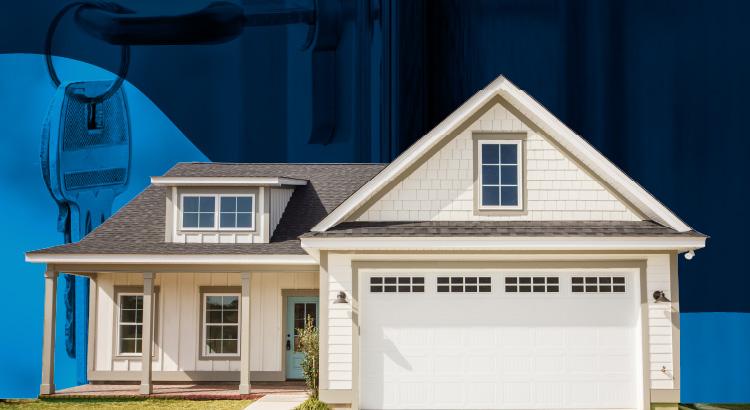LA Will be Rezoning Residential Neighborhoods
Los Angeles is gearing up to rezone the entire city to accommodate more than 250,000 new homes, yet nearly three-quarters of the residential areas—primarily single-family neighborhoods—are being preserved under the current planning department proposal. This decision has sparked a heated debate over the future of the city. While preserving these low-density neighborhoods maintains the character of modern Los Angeles, critics argue it’s perpetuating inequality by limiting access to affordable housing, particularly in wealthier, predominantly white areas.

The crux of the issue is whether L.A. will continue to prioritize single-family homes or shift toward a more inclusive housing strategy. The planning department has recommended focusing growth in existing multifamily and commercial zones, while leaving single-family home areas largely untouched. This approach, while appealing to homeowner groups, draws criticism from social justice and housing advocates who argue that maintaining these exclusionary zones reinforces long-standing racial and economic disparities in the housing market.
A city-funded report, over three years in the making, supports these critiques. It points out that 80% of L.A.'s land with the best schools, public amenities, and job access is zoned exclusively for single-family homes. This zoning restricts the availability of affordable housing, making the housing market less accessible to lower-income communities and people of color. Historically, these zoning laws were established to serve the interests of white-led homeowner and real estate groups, and the impact of those policies continues to persist.
As a part of state-mandated rezoning, the city is required to plan for more housing than ever before, focusing particularly on wealthier areas that have long resisted such developments. Initial proposals in 2021 included provisions for affordable housing in single-family zones near mass transit and wealthier areas, but backlash from homeowner groups led to a retreat from these changes. Under the current proposal, most single-family areas remain intact, with the exception of public or faith-based land that could be developed for affordable housing.
The current plan allocates 56% of new growth to multifamily or commercial areas that already house a significant number of renters. This raises concerns that these communities—where many residents live in rent-controlled apartments—will bear the brunt of redevelopment efforts, with small buildings potentially being torn down to make way for larger complexes. Critics, like Mahdi Manji of the Inner City Law Center, argue that this places undue disruption on renters while wealthier, predominantly white single-family neighborhoods remain unchanged.
The conversation surrounding rezoning in L.A. is far from over. While the Planning Commission prepares to vote on the current proposal, there’s growing recognition that more comprehensive engagement with Angelenos is necessary to strike a balance between maintaining the city’s character and addressing housing equity. Other cities like Minneapolis and Portland, which have also grappled with rezoning efforts, took years to develop tailored affordable housing programs for previously protected areas, suggesting that L.A.’s process could extend well beyond the upcoming vote.
A recently released study commissioned by the city emphasizes that L.A.’s exclusionary zoning policies have long been a barrier to equitable housing development. It points out that the city’s downzoning efforts in the 1970s reduced the number of potential homes from 10 million to 4 million and empowered homeowner groups to resist changes. A case study of Westwood in the report highlights how this neighborhood’s zoning practices reserved vast acres of land for wealthier households, limiting opportunities for multifamily housing development and exacerbating housing shortages for UCLA students and staff.
While Los Angeles has made some updates to zoning plans over the past five decades, many of the core policies that contribute to economic inequality remain unchanged. The future of the city’s neighborhoods—and whether they will evolve to meet the pressing need for more inclusive, affordable housing—hangs in the balance as officials weigh their options in the ongoing rezoning debate.
Categories
Recent Posts










